Home>Furniture>Bedroom Furniture>How Do You Check For Bed Bugs
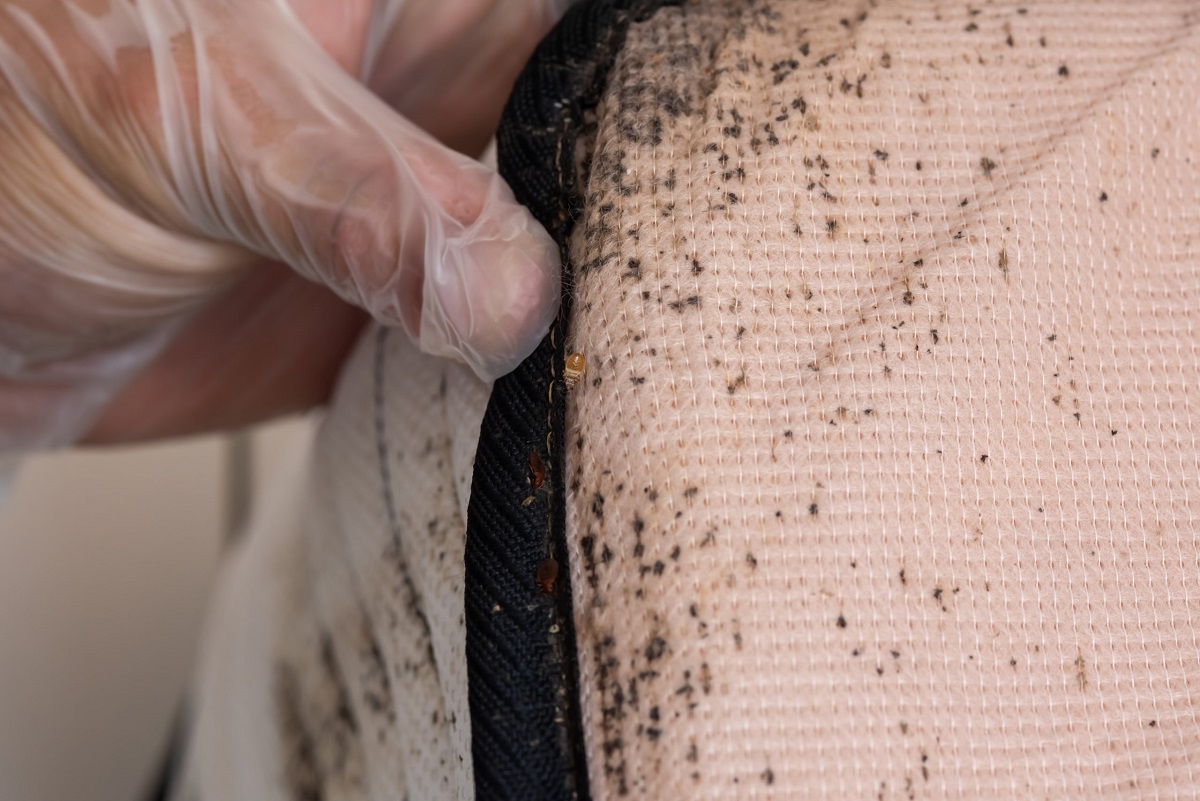

Bedroom Furniture
How Do You Check For Bed Bugs
Modified: August 22, 2024
Learn how to check for bed bugs in your bedroom furniture and effectively prevent an infestation. Safeguard your home with our expert tips.
(Many of the links in this article redirect to a specific reviewed product. Your purchase of these products through affiliate links helps to generate commission for Storables.com, at no extra cost. Learn more)
Introduction
Bed bugs are tiny insects that can cause big headaches if they infest your bedroom. These pesky creatures feed on human blood and can leave itchy welts on your skin. Not only are bed bug bites irritating, but an infestation can also disrupt your sleep and cause stress and anxiety.
It’s important to be vigilant and check for bed bugs regularly to catch an infestation early. By detecting bed bugs at the early stages, you can prevent them from spreading throughout your home and avoid costly extermination treatments.
In this article, we will explore various methods to check for bed bugs in your bedroom. From visual inspections to using professional bed bug dogs, we will cover all the options available to ensure a thorough and effective examination.
Remember, early detection is key when it comes to dealing with bed bugs. By being proactive and regularly checking for signs of these pests, you can protect yourself and your home from a full-blown infestation.
Key Takeaways:
- Regular visual inspections, using a flashlight, and checking common hiding places are crucial for early detection of bed bugs. Utilizing bed bug traps and interceptors can also help monitor and prevent infestations.
- DIY detection methods such as clutter reduction, laundering bedding, and steam treatment can aid in identifying bed bugs. However, professional intervention may be necessary for complete eradication.
Read more: How To Check Furniture For Bed Bugs
Signs of Bed Bug Infestation
Before we dive into the various methods of checking for bed bugs, let’s first familiarize ourselves with the signs of a possible infestation. Recognizing these signs early on will help you take prompt action and prevent the problem from escalating.
1. Bites and Welts: Bed bug bites are often the first indication of an infestation. These bites typically appear as small, itchy welts on exposed areas of the body, such as the face, neck, arms, and legs. However, it’s important to note that not everyone reacts to bed bug bites, so the absence of welts does not necessarily mean you don’t have an infestation.
2. Blood Stains: Since bed bugs feed on blood, you may notice small blood stains on your sheets, pillowcases, or clothing. These stains are caused by the bed bugs being accidentally squashed while feeding.
3. Dark Spots or Smears: Bed bugs also leave behind dark spots or smears on bedding, mattresses, walls, or furniture. These spots are actually dried bed bug feces and are often found in clusters or along the seams of mattresses and furniture.
4. Bed Bug Shells: As bed bugs grow, they shed their exoskeletons. These discarded shells, known as exoskeletons or cast skins, can be found around sleeping areas, particularly near the seams of mattresses or in the corners of furniture.
5. Musty Odor: If you notice a musty or sweet smell in your bedroom, it could be a sign of a bed bug infestation. Bed bugs produce this distinct odor from their scent glands, and it is often described as a rotten raspberries smell.
It’s crucial to remember that bed bugs are experts at hiding in tiny crevices and cracks, making their detection difficult. Therefore, it’s important to combine the following inspection methods to ensure a comprehensive examination of your bedroom for bed bugs.
Visual Inspection
A visual inspection is one of the primary methods to check for bed bugs in your bedroom. By carefully examining common hiding places, you can identify any signs of infestation and take appropriate action.
Here are some steps to follow during a visual inspection:
1. Strip the Bed: Remove all bedding, including sheets, pillowcases, and mattress covers. Inspect each item for signs of bed bugs, such as blood stains, dark spots, or bed bug shells.
2. Check Mattress Seams and Edges: Carefully inspect the seams, edges, and piping of your mattress. Look for any dark spots, shed skins, or live bed bugs. Pay close attention to the tufts and folds of the mattress, as these areas are often favored hiding spots.
3. Examine Bed Frame and Headboard: Inspect the bed frame, headboard, and footboard for any signs of bed bugs. Look for tiny black spots or stains along the wood or metal surfaces. Bed bugs may also hide in cracks and crevices, so use a flashlight to thoroughly examine these areas.
4. Inspect Furniture: If you have any upholstered furniture in your bedroom, such as chairs or couches, inspect them closely. Look for signs of bed bugs, such as dark spots or blood stains on the fabric. Pay attention to seams, crevices, and underneath cushions where bed bugs may hide.
5. Check Baseboards and Wall Outlets: Bed bugs can hide in the cracks and crevices along baseboards and wall outlets. Use a flashlight and a magnifying glass if needed to thoroughly inspect these areas. Look for any dark spots or bed bug feces.
6. Examine Curtains and Drapes: Don’t forget to check your curtains and drapes for any signs of bed bugs. Inspect them carefully, paying attention to the folds, seams, and hems.
Remember, bed bugs are nocturnal and prefer to hide during the day, so it’s important to conduct your visual inspection during the daytime when bed bugs are less active.
If you notice any signs of bed bugs during your visual inspection, it’s crucial to take immediate action to prevent the infestation from spreading. Contact a professional pest control company for further assistance and advice on how to eliminate the problem effectively.
Using a Flashlight
When conducting a comprehensive inspection for bed bugs, using a flashlight can be incredibly helpful in illuminating dark corners and crevices where these pests like to hide. The intense beam of light can reveal even the tiniest signs of their presence, making it easier to detect an infestation.
Here’s how to effectively use a flashlight during your bed bug inspection:
1. Choose a Bright Flashlight: Opt for a high-quality flashlight that provides a strong and focused beam of light. LED flashlights are a great option as they are both bright and energy-efficient.
2. Prepare Your Bedroom: Before using the flashlight, ensure that the room is as dark as possible. Close curtains, blinds, or any sources of natural light that can hinder your inspection.
3. Start with the Mattress: Begin by focusing the flashlight’s beam on the seams, edges, and folds of your mattress. Move the light slowly and thoroughly inspect the entire surface. Look for live bed bugs, dark spots (indicating fecal matter), shed skins, or eggs. Be particularly attentive to the corners and piping.
4. Check the Bed Frame and Headboard: Direct the flashlight towards the cracks, joints, and crevices of your bed frame and headboard. Bed bugs are known to hide in these areas. Pay close attention to any dark spots or marks that indicate their presence.
5. Examine Furniture and Other Hiding Spots: Move on to inspecting other furniture in your bedroom, such as bedside tables, chairs, or dressers. Use the flashlight to thoroughly scan every surface, including the undersides and corners. Bed bugs can hide in tiny crevices, so be meticulous in your search.
6. Shed Light on Baseboards and Outlets: Bed bugs often seek refuge in the cracks and crevices along baseboards and near electrical outlets. Direct the flashlight’s beam along these areas to detect any signs of bed bug activity, such as fecal traces or live bugs.
Remember to examine other potential hiding places in your bedroom, such as picture frames, wall decor, and even loose wallpaper. Bed bugs are experts at finding the narrowest hiding spots, so a thorough examination of every nook and cranny is crucial.
Using a flashlight during your inspection can help you spot bed bugs and signs of infestation that would otherwise go unnoticed. If you detect any indications of bed bugs, it’s important to take immediate action and seek professional assistance to address the infestation effectively.
Checking Common Hiding Places
Bed bugs are notorious for their ability to hide in various nooks and crannies, making a thorough inspection of common hiding places essential. By being familiar with these hiding spots, you can increase your chances of detecting an infestation early on.
Here are some common hiding places where bed bugs tend to lurk:
1. Mattresses and Box Springs: Check the seams, tufts, and folds of your mattress and box spring. Bed bugs often hide in these areas, as they provide easy access to their food source (you!). Look carefully for any signs of bed bugs, such as live bugs, eggs, shed skins, or dark spots.
2. Bed Frame and Headboard: Inspect the cracks, crevices, and joints of your bed frame and headboard. Bed bugs may hide in these areas during the day and come out at night to feed. Be thorough and use a flashlight if necessary to illuminate these dark spots.
3. Furniture: Bed bugs can hide in various pieces of furniture in your bedroom, such as nightstands, dressers, and chairs. Check the undersides, joints, and corners of these items carefully. Pay attention to any cracks, crevices, or upholstery where bed bugs might hide.
4. Electrical Outlets and Wall Void: Bed bugs can find their way into electrical outlets and wall voids. Carefully inspect these areas using a flashlight. Look for any signs of bed bugs, such as fecal spots or eggs. However, exercise caution and avoid tampering with electrical outlets to prevent any safety hazards.
5. Baseboards and Trim: Bed bugs can also hide in the cracks and crevices along baseboards and trim. Use a flashlight to illuminate these areas and look for any signs of bed bug activity.
6. Luggage and Personal Belongings: If you’ve recently traveled or had guests staying over, be sure to check your luggage and personal belongings for any signs of bed bugs. Bed bugs can hitch a ride and infest your home, so it’s important to inspect these items thoroughly.
7. Curtains and Drapes: Bed bugs can hide in the folds and pockets of curtains and drapes. Carefully inspect these window coverings, checking for any signs of bed bugs, including fecal spots or shed skins.
Remember that bed bugs can be extremely tiny and flat, allowing them to hide in the tiniest of spaces. Therefore, it’s crucial to be meticulous during your inspection of these common hiding places. If you suspect an infestation, contact a professional pest control company for further assistance and proper treatment.
When checking for bed bugs, be sure to inspect all areas of the bed, including the mattress seams, headboard, and box spring. Look for signs of small reddish-brown bugs or dark spots that could indicate their presence.
Read more: How To Check For Bed Bugs In A Hotel
Using a Bed Bug Dog
When it comes to detecting bed bugs, our furry friends can lend a helping paw. Specially trained bed bug detection dogs have an incredible ability to sniff out these pests with remarkable accuracy. Utilizing a bed bug dog can be a valuable and efficient method to confirm the presence of bed bugs in your home.
Here’s how using a bed bug dog works:
1. Specially Trained Dogs: Bed bug detection dogs are trained to pick up the scent of live bed bugs and their eggs. These dogs go through rigorous training to differentiate the scent of bed bugs from other pests, providing reliable and accurate results.
2. Non-Invasive Inspection: Unlike traditional inspections that involve thorough searching and dismantling of furniture, a bed bug dog inspection is non-invasive. The dog will simply sniff around various areas in your home to determine the presence of bed bugs.
3. Efficient and Quick: Bed bug dogs can cover a large area in a relatively short amount of time. Their acute sense of smell allows them to detect even a single bed bug or a small infestation, which may be difficult to spot visually.
4. Highly Accurate: Studies have shown that trained bed bug dogs have a high level of accuracy in detecting the presence of bed bugs. Their keen sense of smell enables them to identify bed bug infestations even in hidden or hard-to-reach areas.
5. Confirmation of Infestation: If the dog signals the presence of bed bugs, it provides confirmation that further action is needed. This can help you take immediate steps to address the infestation and prevent it from spreading further.
It’s important to note that a bed bug dog inspection should be performed by a professional who has experience working with these specially trained dogs. They will guide the dog through your home, focusing on key areas where bed bugs are likely to hide, such as beds, furniture, and other potential hiding spots.
While a bed bug dog inspection can provide highly accurate results, it should be followed up with a visual inspection and professional treatment if an infestation is confirmed. This ensures that all necessary steps are taken to eliminate the pests effectively.
Before scheduling a bed bug dog inspection, ensure that the company you hire has a reliable track record and reputable certification for their canine team. This will ensure that you receive accurate results and appropriate recommendations for dealing with any potential infestations.
Bed Bug Traps and Interceptors
Bed bug traps and interceptors are useful tools in both detecting and monitoring bed bug infestations. These devices are designed to capture and trap bed bugs, helping you identify their presence and prevent them from reaching your sleeping area.
Here’s how bed bug traps and interceptors work:
1. Traps: Bed bug traps are typically small, shallow containers that are placed strategically around your bed or furniture. They are designed with rough or textured surfaces that make it difficult for bed bugs to crawl out once they are trapped inside. Traps can be purchased or made at home using materials like double-sided tape, shallow bowls, or specially designed bed bug traps available in the market.
2. Interceptors: Bed bug interceptors are devices that are placed under the legs of your bed or furniture. They consist of a plastic or metal cup with an inner well coated in a slippery substance, preventing bed bugs from climbing up or down the legs. The interceptors trap bed bugs as they try to move onto or off of your bed, allowing you to quickly identify their presence.
3. Detection and Monitoring: By placing traps or interceptors in strategic locations, such as under the legs of your bed and along baseboards, you can determine if bed bugs are present. Monitoring the traps regularly will help you gauge the severity of the infestation and track the effectiveness of your treatment efforts.
4. Prevention: Bed bug traps and interceptors can also serve as a preventive measure. By placing them strategically, you can create a barrier that helps prevent bed bugs from reaching your sleeping area or new furniture. This can be particularly useful when traveling or staying in hotels, as it provides an added layer of protection.
While traps and interceptors are effective in detecting and monitoring bed bugs, they should not be relied upon as the sole method of treatment. If you do find bed bugs in traps or interceptors, it’s important to take additional steps to address the infestation, such as contacting a professional pest control company or employing DIY treatments in conjunction with the traps.
When using traps or interceptors, make sure to follow the manufacturer’s instructions carefully. Regularly inspect and clean the traps to ensure their effectiveness. It’s also crucial to remember that bed bugs are experts at hiding, so it’s essential to combine the use of traps and interceptors with other inspection methods to thoroughly check your bedroom for infestations.
Overall, bed bug traps and interceptors can be valuable tools in your battle against these persistent pests. They provide an additional layer of detection, monitoring, and prevention, helping you take proactive steps to control and eliminate bed bug infestations.
DIY Bed Bug Detection Methods
If you suspect a bed bug infestation in your bedroom, there are several do-it-yourself (DIY) detection methods that you can utilize to help confirm their presence. These methods can be effective in detecting the signs of bed bugs and give you a better understanding of the extent of the infestation.
Here are some DIY bed bug detection methods you can employ:
1. Visual Inspection: Conduct a thorough visual inspection of your mattress, bed frame, headboard, and furniture. Look for signs of bed bugs such as dark spots (indicating fecal matter), blood stains, shed skins, or live bugs. Pay close attention to the seams, crevices, and folds where bed bugs like to hide.
2. Clutter Reduction: Clearing clutter in your bedroom can help minimize potential hiding spots for bed bugs. Remove unnecessary items, such as piles of clothes, papers, or stacks of books, where bed bugs could hide and breed.
3. Launder and Dry Bedding: Wash your bedding, including sheets, pillowcases, and blankets, in hot water. High heat can kill bed bugs and their eggs. After washing, dry the items on high heat for at least 30 minutes to ensure any remaining bed bugs are eliminated.
4. Steam Treatment: Using a steamer with high heat can be effective in killing bed bugs and their eggs. Carefully steam all areas of your mattress, bed frame, and furniture where you suspect bed bugs may be hiding. Be sure to follow proper safety precautions and instructions when using a steamer.
5. Vacuuming: Regular vacuuming can help in removing bed bugs and their eggs from your bedroom. Use a vacuum cleaner with a crevice tool attachment to thoroughly vacuum along baseboards, mattress seams, cracks, and crevices where bed bugs may hide. Remember to empty the vacuum bag or canister into a sealed plastic bag and dispose of it outside your home to prevent re-infestation.
6. Encase Mattresses and Box Springs: Encasing your mattress and box springs in bed bug-proof covers can help prevent bed bugs from infesting these areas. These covers create a barrier, making it harder for bed bugs to penetrate the encased mattress or box spring.
7. Passive Monitors: Passive bed bug monitors can be effective in detecting bed bugs. These devices are designed to attract and trap bed bugs using lures or CO2. Place them near your bed or other potential infestation areas to monitor for bed bug activity.
While DIY bed bug detection methods can help you identify the presence of bed bugs and gain a better understanding of the situation, it’s important to note that professional intervention may still be needed to effectively eliminate the infestation. If you detect signs of bed bugs or suspect an infestation, it’s advisable to contact a professional pest control company for expert advice and treatment.
Remember, early detection is key when it comes to dealing with bed bugs. Regular monitoring and thorough inspections, along with proper treatment methods, will help ensure a bed bug-free environment in your bedroom.
Conclusion
Checking for bed bugs in your bedroom is crucial for early detection and prevention of infestations. By being proactive and regularly inspecting your sleeping area, you can identify signs of bed bugs and take immediate action to address the problem.
In this article, we discussed various methods for checking for bed bugs. Visual inspection is an essential first step, where you carefully examine common hiding places such as mattresses, furniture, and baseboards. Using a flashlight can help illuminate dark spots and make it easier to spot signs of bed bugs.
For more accurate and efficient detection, utilizing a bed bug dog can be incredibly helpful. These specially trained dogs can sniff out bed bugs with remarkable accuracy, providing confirmation of infestations.
Bed bug traps and interceptors are other useful tools that allow you to not only detect bed bugs but also monitor their activity. These devices can be placed strategically around your bed and furniture to capture and trap bed bugs.
Additionally, we explored DIY detection methods such as visual inspections, reducing clutter, laundering bedding, steam treatment, vacuuming, encasing mattresses, and using passive monitors. These DIY methods can help you identify the presence of bed bugs and provide valuable information about the extent of the infestation.
It’s important to remember that while DIY detection methods can be effective, professional intervention may be necessary for complete eradication of bed bugs. If you suspect a bed bug infestation, consult a reputable pest control company that specializes in bed bug management.
By regularly checking for bed bugs and taking appropriate measures, you can ensure the comfort and safety of your bedroom. Early detection and prompt action are the keys to keeping these unwanted pests at bay and preserving a peaceful and restful sleep environment.
Frequently Asked Questions about How Do You Check For Bed Bugs
Was this page helpful?
At Storables.com, we guarantee accurate and reliable information. Our content, validated by Expert Board Contributors, is crafted following stringent Editorial Policies. We're committed to providing you with well-researched, expert-backed insights for all your informational needs.
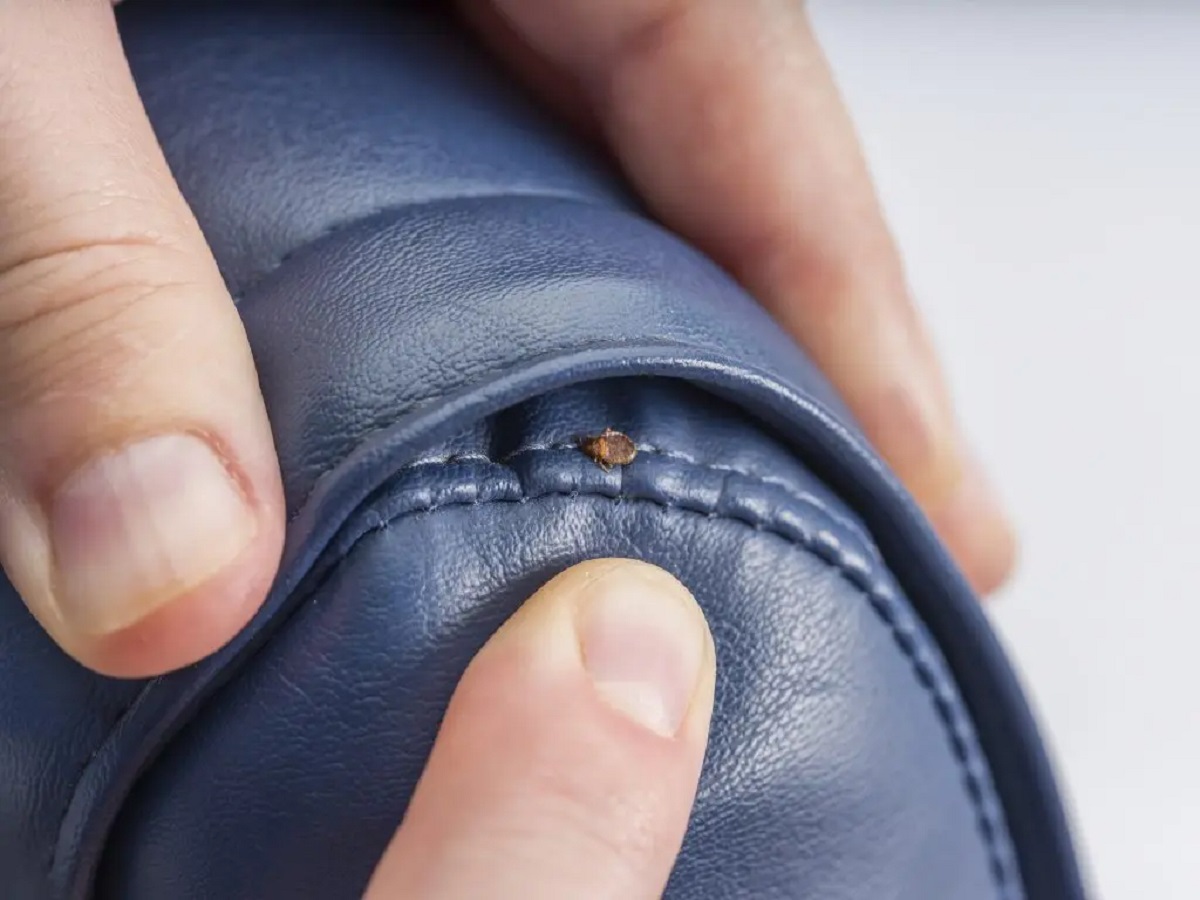
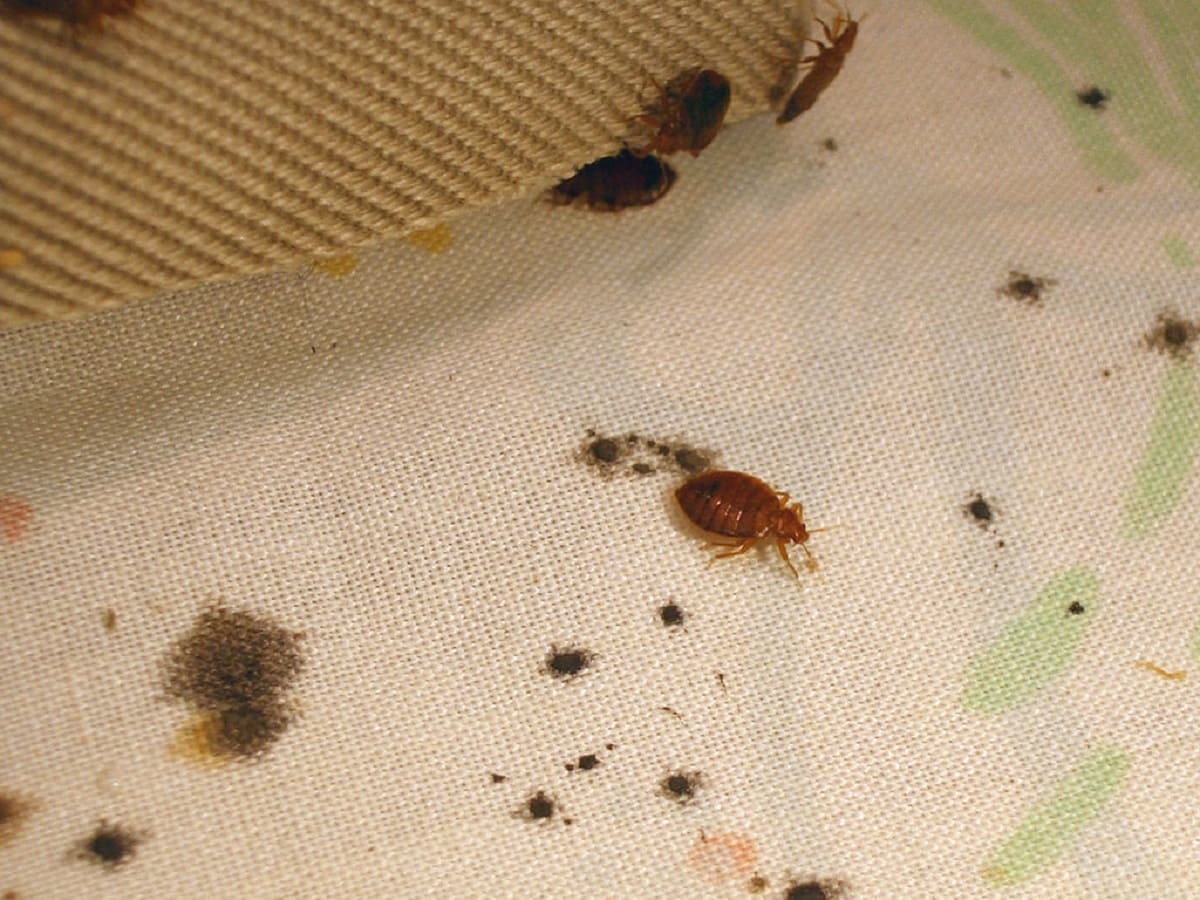
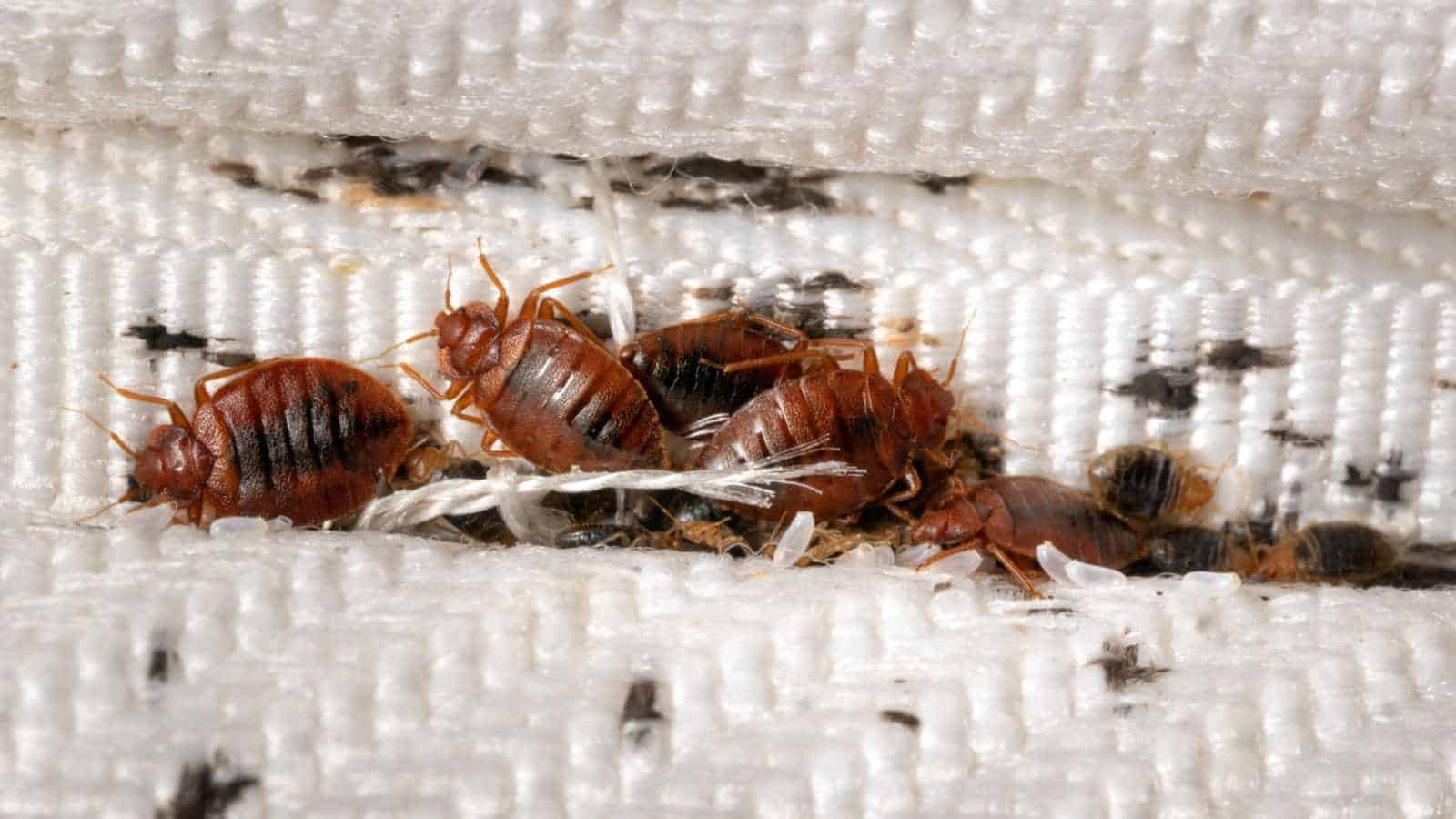
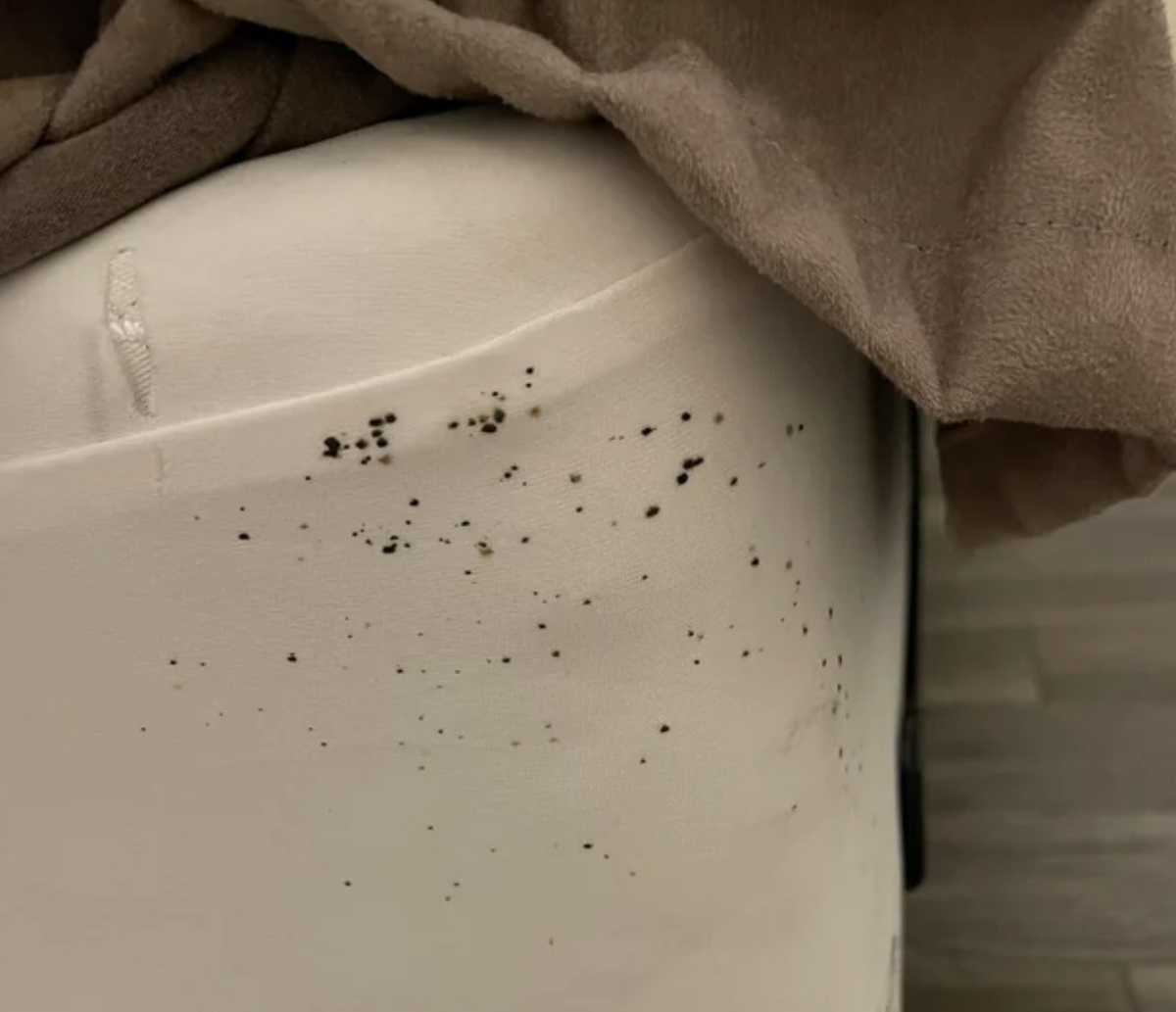
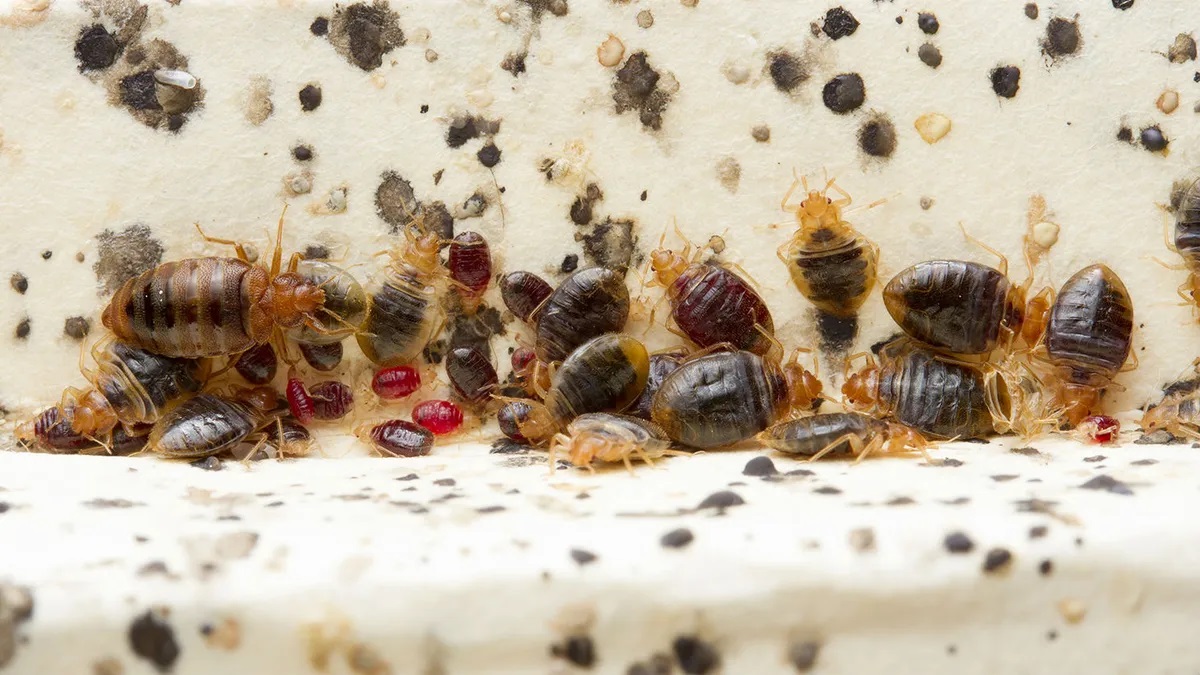
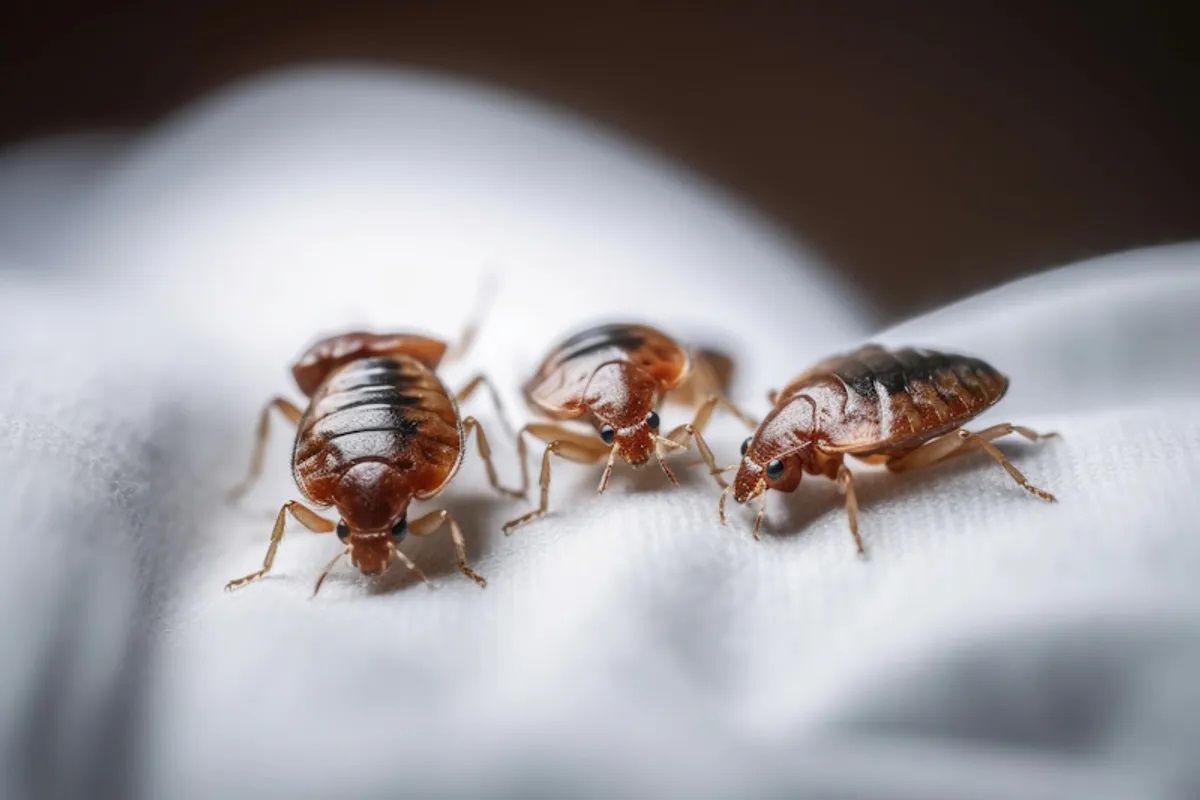
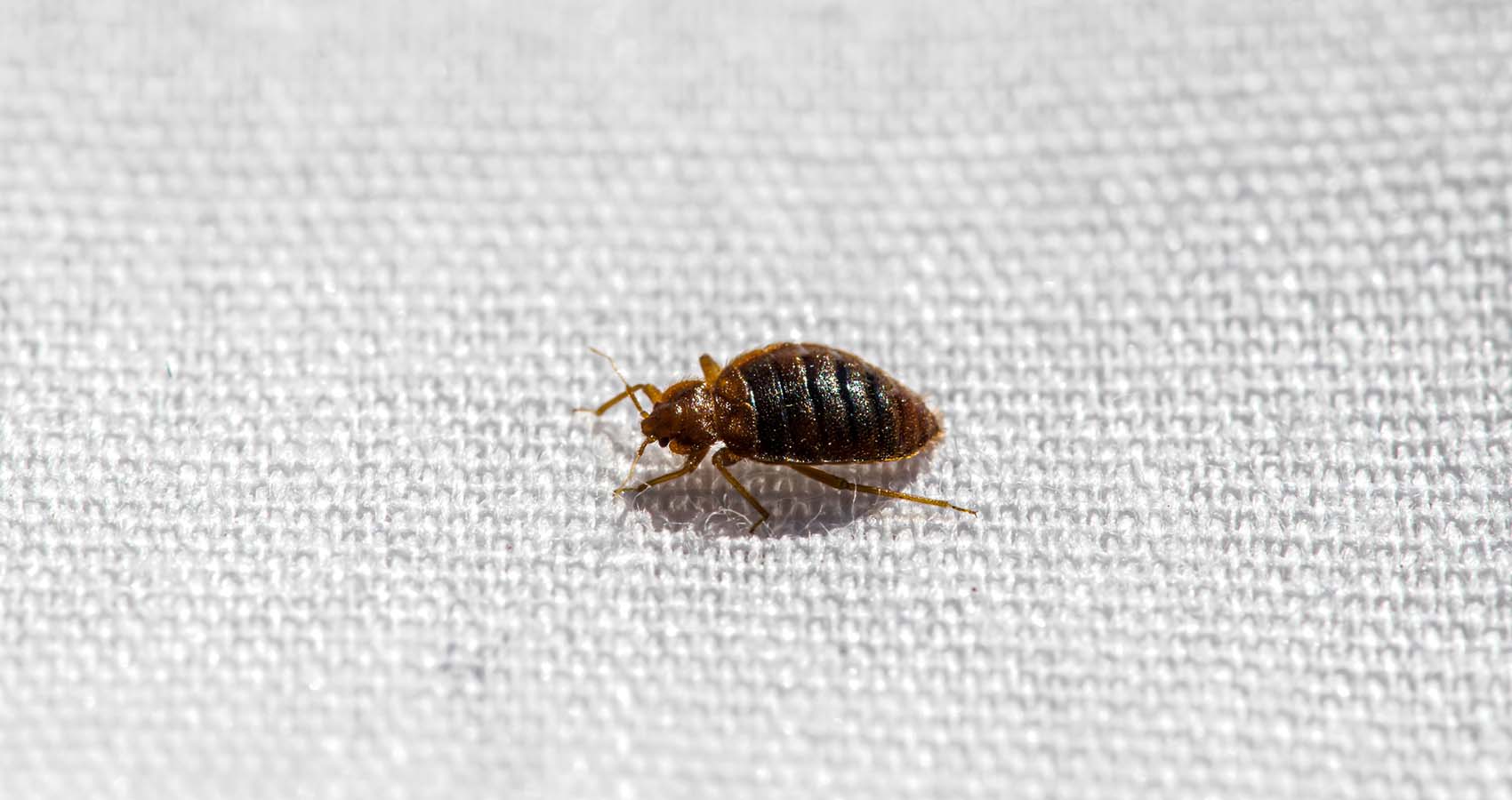
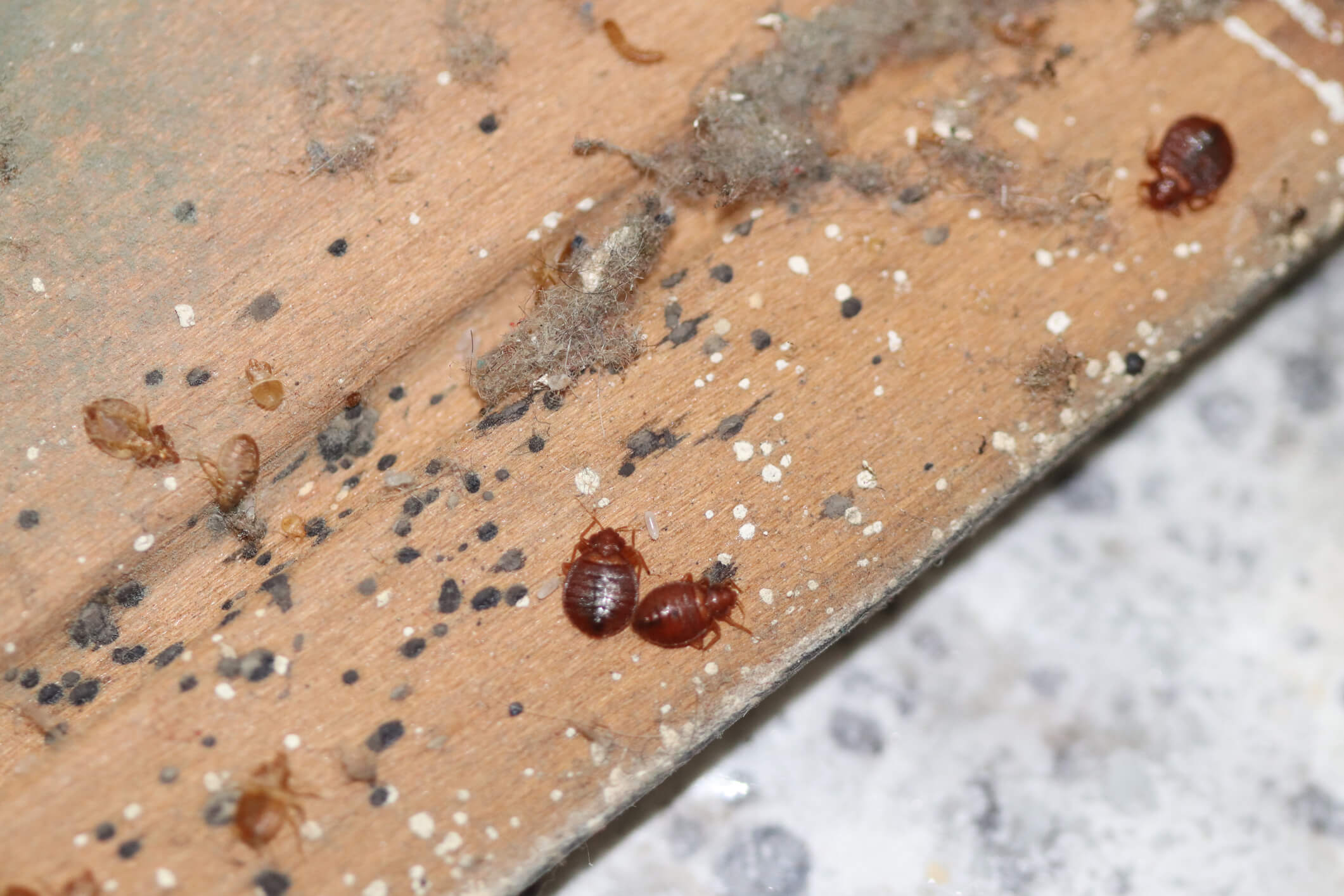
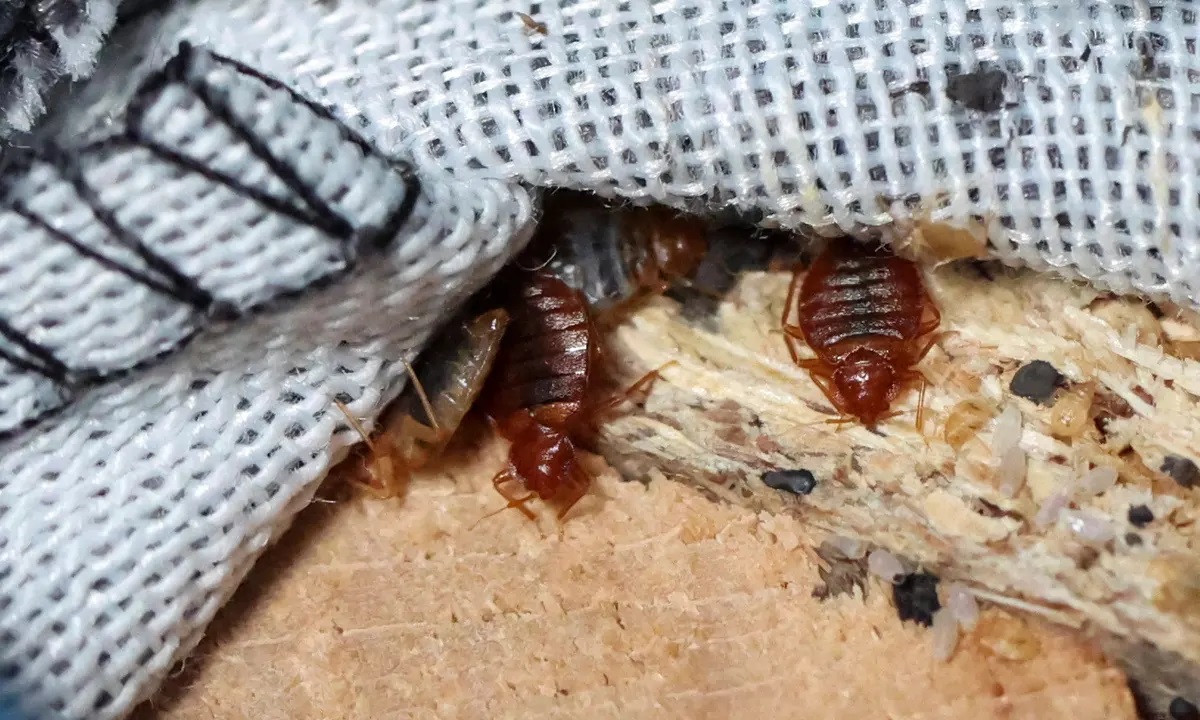
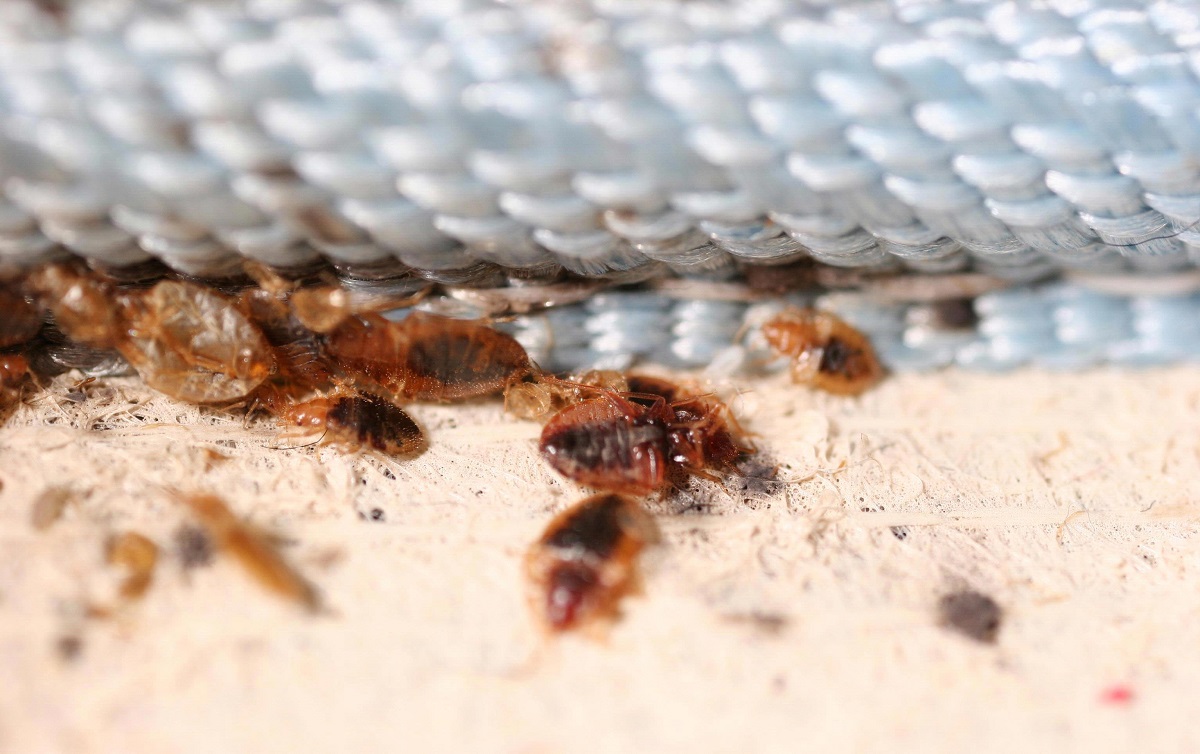
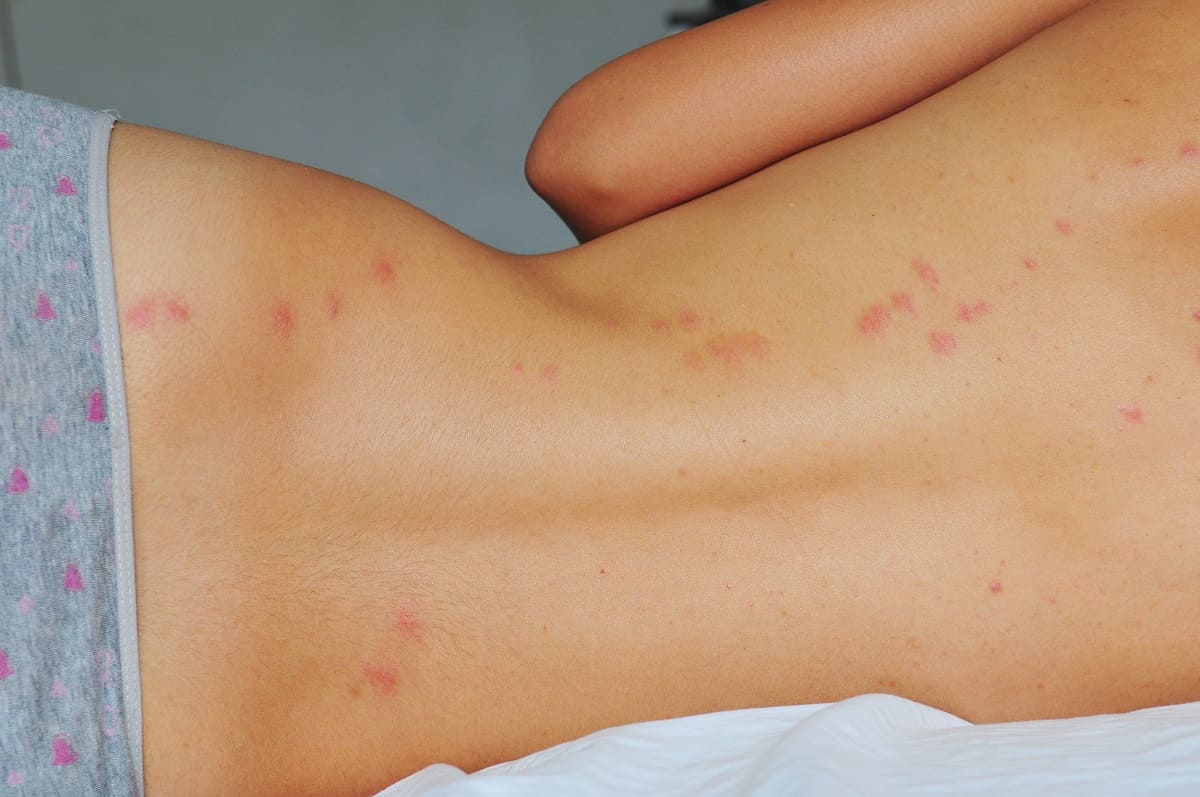

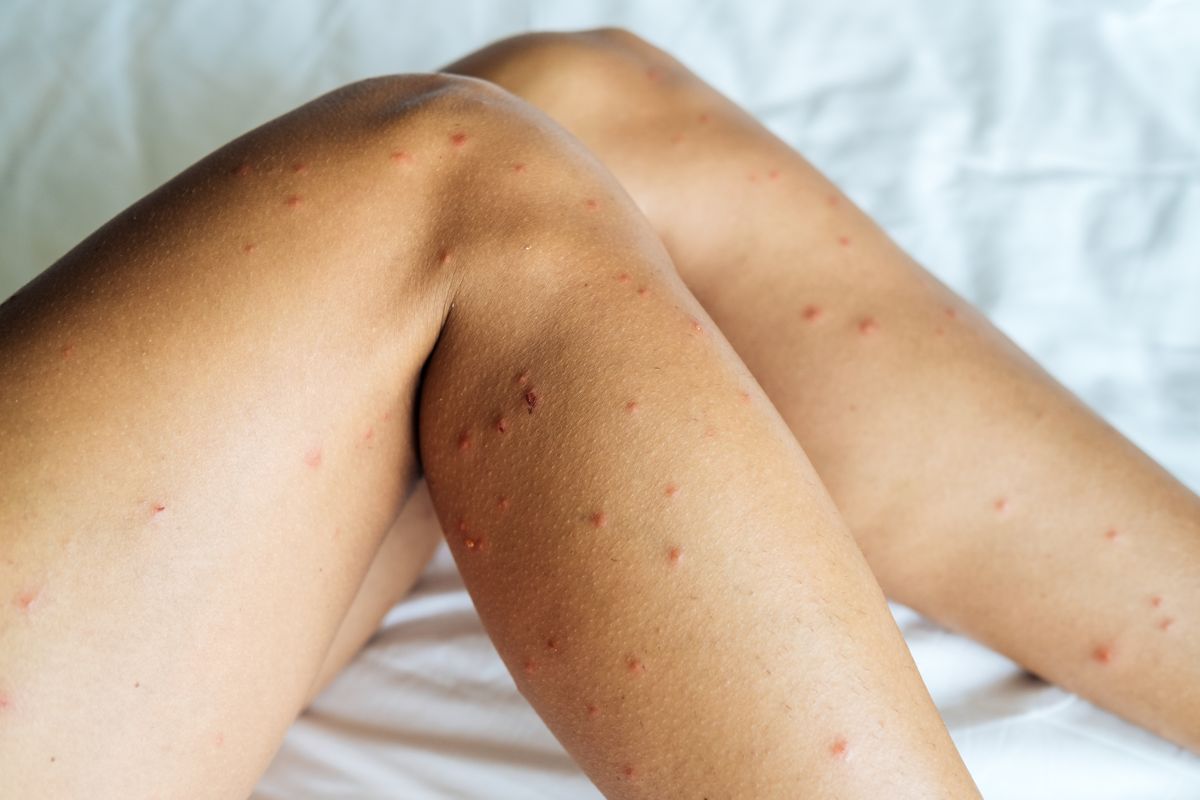
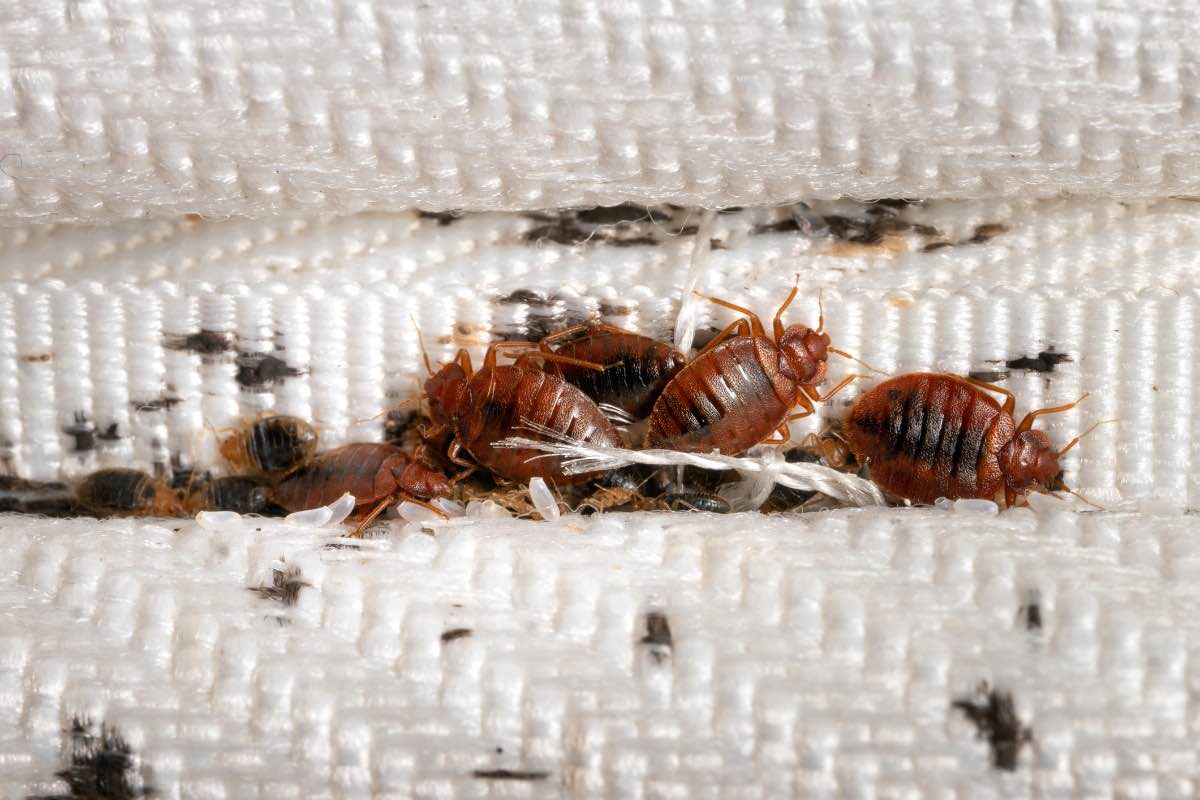

0 thoughts on “How Do You Check For Bed Bugs”